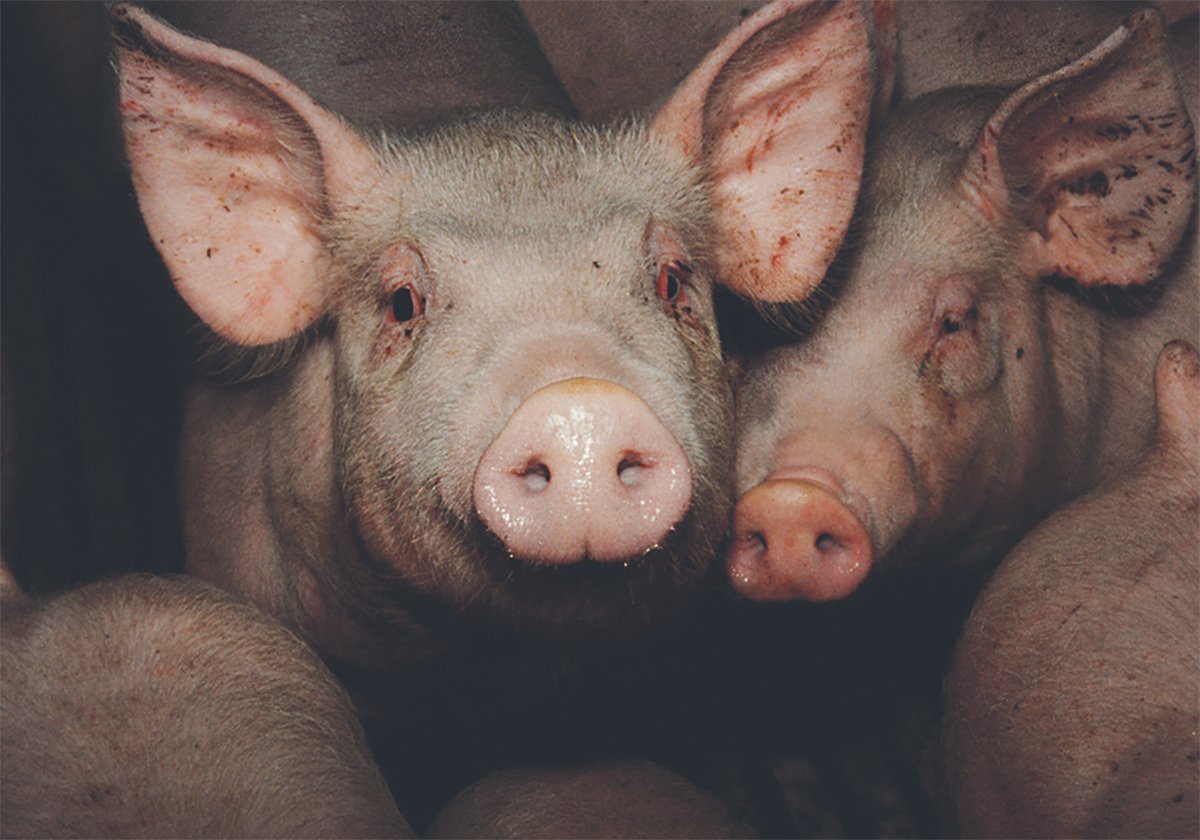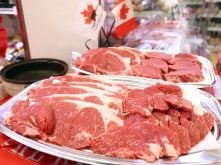Drought in my part of Alberta has resulted in pasture and winter feed shortages.
Cattle producers can help preserve their feed by pregnancy checking the herd to eliminate open cows. Depending on your feed source, the cost to over-winter that open cow will be $400 or more.
Cow prices now tend to fluctuate weekly rather than move in cycles as they did before BSE, when they were high in August, September and January. These days, saving cows to market in January will be costly. Producers can save money by pregnancy checking cows off pasture as soon as possible.
Read Also

The Western Producer Livestock Report – October 30, 2025
Western Producer Livestock Report for October 30, 2025. See U.S. & Canadian hog prices, Canadian bison & lamb market data and sales insights.
As well, finding one cow open out of 100 pays for the cost.
Veterinarians can also identify late bred cows in case producers want to eliminate them or market them differently.
I like to mark the cow with a paint stick in case cattle become mixed together again. Most producers keep good records, but marking them makes for easy sorting. Remember to make sure that cull cows have a bar code or radio frequency identification tag before shipping.
Do as many procedures as possible when the cows go through the chute so only minimal handling will be necessary before calving season.
If more work needs to be done and labour is an issue, technicians can accompany the vet and administer vaccines or endectocides.
Pour-on products have become much cheaper in the last few years, and it would be foolish not to apply them to control internal and external parasites, especially lice in Western Canada.
This price is now the same in Canada and the United States, eliminating the attraction of buying in the U.S. Manufacturers will stand behind Canadian based and approved products should lice outbreaks occur.
The price decrease has producers talking about routinely treating with a pour-on product at spring turnout. This has been shown to be beneficial to suckling calves and the verdict will vary on cows. Consult a veterinarian to see if this is wise for your herd.
We must be prudent on use so drug resistance doesn’t build. As well, we need the dung beetle around to help break down manure patties.
The four way vaccines to primarily prevent IBR or BVD abortions can be given in the fall, but talk to your veterinarian first to see if killed or live vaccines best fit your program.
When using live vaccines on pregnant cows, we must determine if good immunity is still present from the previous year. If not, killed vaccines are given, and we must then ensure that all vaccines are given at least yearly.
The unborn fetus’s immune system develops in the last trimester of pregnancy, making it even safer to vaccinate when pregnancy checking coincides with cattle being further pregnant.
Eight-way blackleg vaccines are given in areas where clostridium is present.
In areas where this disease is not a concern, it is best to achieve good immunity by boostering every few years. Also, with more scours outbreaks due to clostridial organisms, having good protection in the colostrum against the organism can benefit next year’s calf crop.
With the new adjuvants in the newer scour vaccines, immunity is longer lasting and it is best to give vaccines further from calving than closer.
Most producers are starting to give it when pregnancy checking. This eliminates running heavily pregnant cattle through the chute, often in inclement weather, just before calving.
Heifers need a booster vaccine, of course, which is done four to six weeks later.
Because of the longer immunity, most newer scours vaccine don’t require revaccinating late calving cows if calving becomes too spread out. Remember to handle vaccines properly and protect your investment.
If you find early cancer eyes, lumpy jaws or lameness, these can be attended to at the same time before they reach a stage where shipping or putting the animal down is the only alternative. Remember that when shipping cows, bar codes will not be allowed after Jan. 1, so have a supply of RFID tags ready to apply chute side or replace lost ID tags.
Let’s hope winter is short and warm, saving us all more feed costs.














